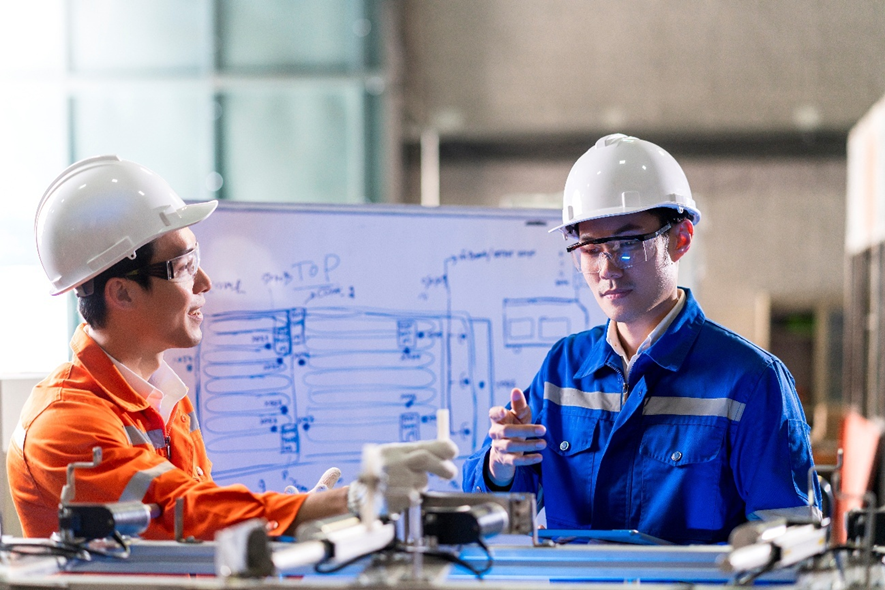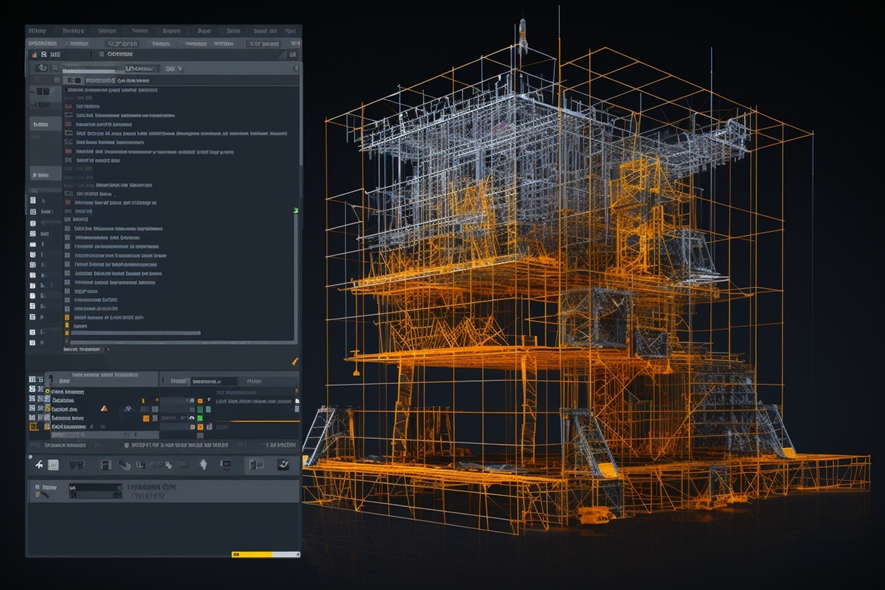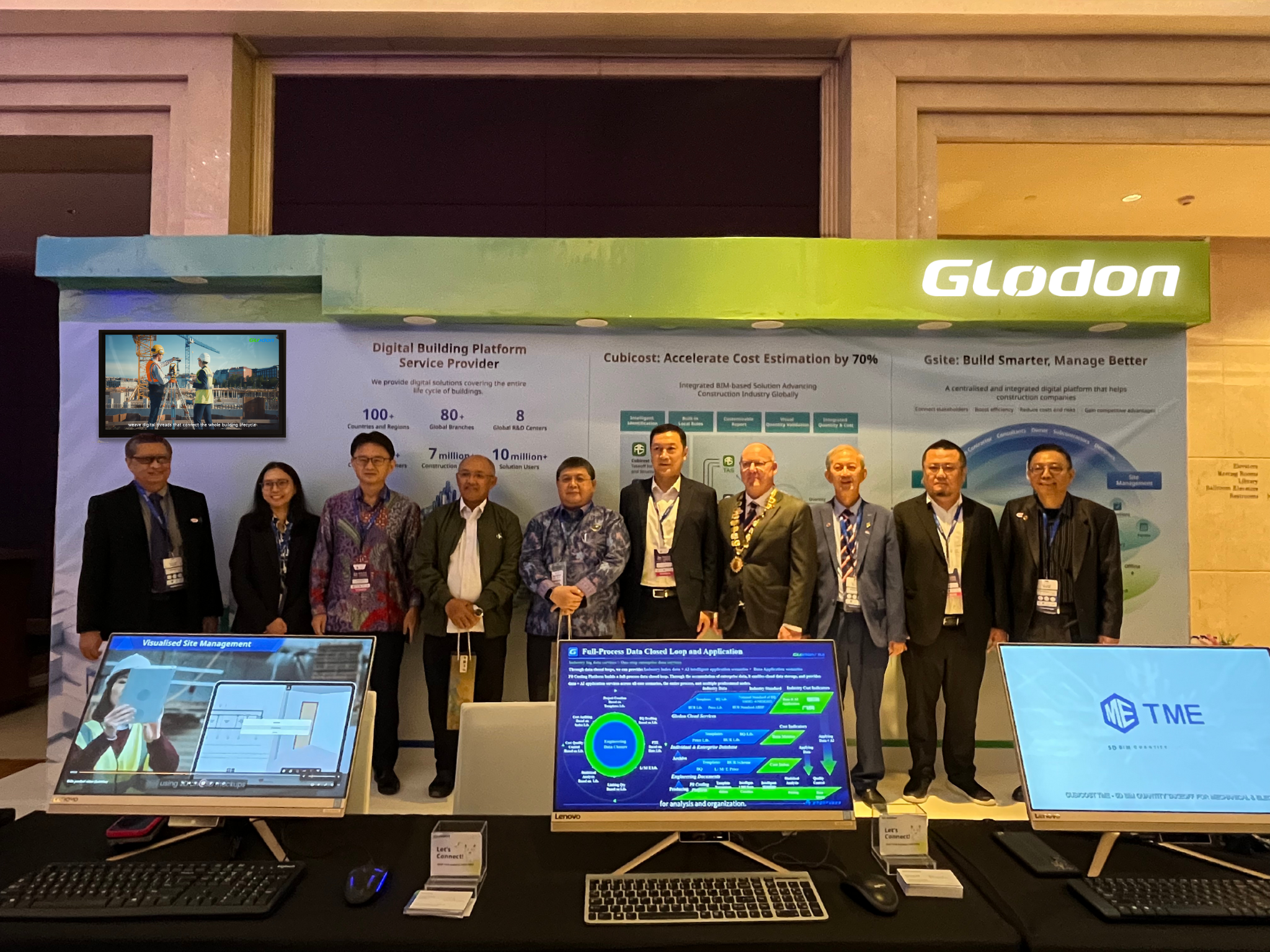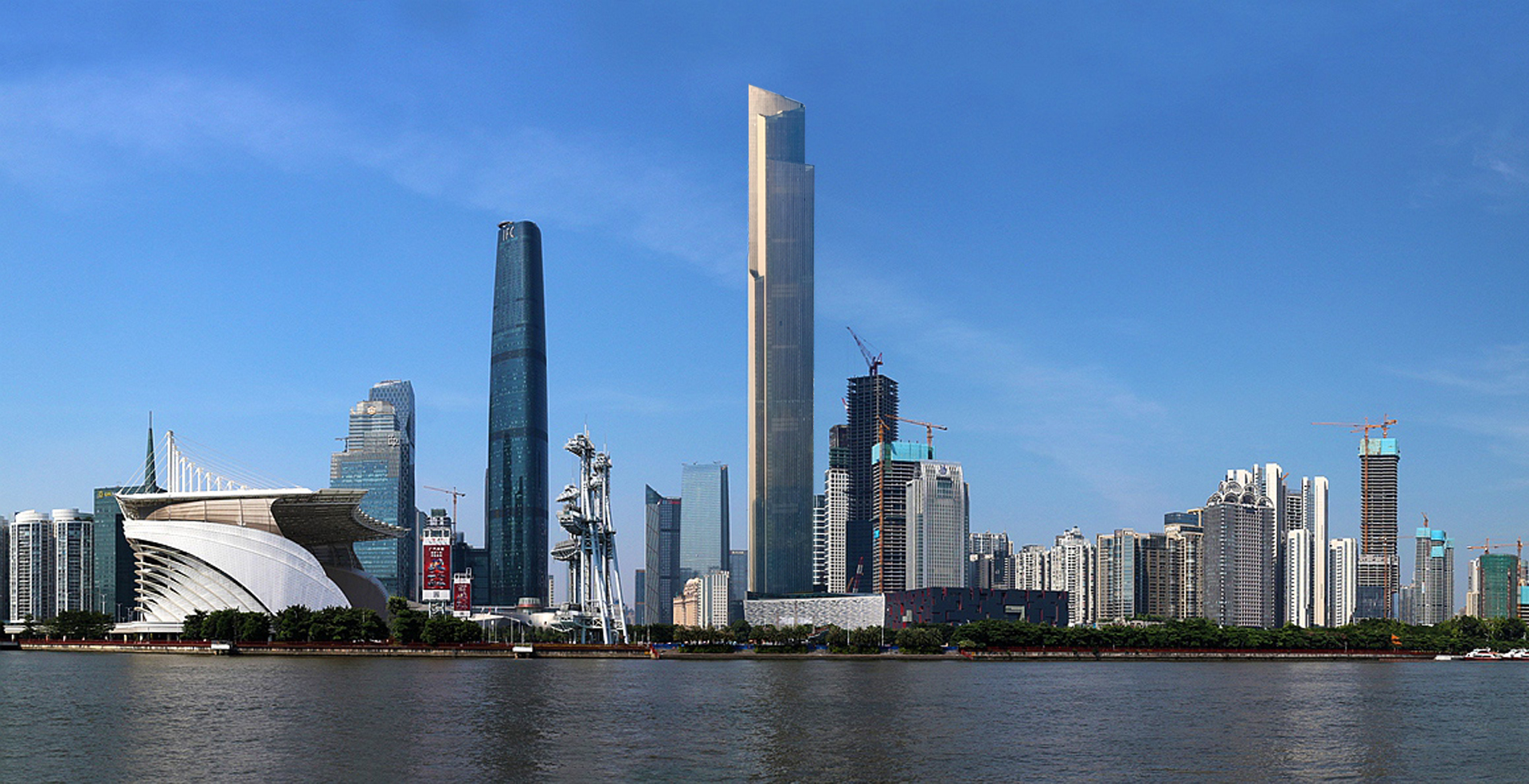October 30.2025

The evolution of MEP engineering is unfolding at a pivotal moment in construction history. No longer defined by static schematics or late-stage implementation, MEP engineering has shifted dramatically, recast by digital transformation, performance analytics, and sustainability demands. In today’s fast-paced built environment, MEP engineering professionals are emerging as architects of system intelligence and integrated functionality.
Just a few decades ago, MEP engineering design was a reactive process. It was defined by disconnected drawings and narrow discipline focus. But the move toward data-driven modeling, automated coordination, and real-time collaboration is changing everything. With the rise of BIM, AI tools, and sustainability benchmarks, it now holds the blueprint for buildings that are not only functional, but responsive, efficient, and future-proof.
The Role of MEP Engineering in Modern Construction
Though often behind the scenes, MEP engineering systems are essential to building performance. It powers everything from indoor climate control to safe water delivery and reliable electricity. They bring comfort, safety, and efficiency into alignment with a building’s form and function.
Today’s MEP engineers must go beyond comfort to address energy performance, durability, and sustainability. These systems are now tightly integrated with architecture and structure, coordinated within shared digital models that reduce clashes, optimize space, and minimize costly rework.
This insightful Designing Buildings article outlines how MEP engineering has become critical to modern construction. It impacts fire safety, energy use, and long-term building performance.
As its role continues to expand, MEP engineering is emerging as a strategic lever for smarter, more resilient project delivery.
Common Challenges Facing MEP Engineers

While modern MEP engineering brings many benefits, professionals still face a number of persistent challenges:
- Fragmentation of Information: Despite digital advancements, coordination gaps still exist due to differing toolsets, uneven adoption of BIM standards, or miscommunication across disciplines.
- Limited Visibility into Construction Sequencing and Material Procurement: Without real-time feedback, MEP engineers often rely on static data, hindering adaptability and introducing risk.
- Tighter Project Timelines: The pressure to balance cost, compliance, and performance means MEP engineers face ever-shrinking margins for error.
- Sustainability Pressure: Global codes pushing for net-zero require MEP engineers to ensure systems not only function efficiently from day one but also remain sustainable over the long term.
These challenges are not just technical—they’re systemic. Overcoming them requires a mindset shift toward integrated teams, transparent data, and collaborative design—making innovation an essential part of the solution.
BIM as the Foundation for Data-Driven MEP Engineering

At the heart of the transformation of MEP engineering is Building Information Modeling. More than just a 3D modeling tool, BIM has become the operating system for modern MEP engineering workflows. It empowers engineers to visualize, simulate, and validate system performance before a single conduit is installed.
BIM allows mechanical engineers to test airflow scenarios, electrical engineers to calculate load capacity, and plumbing designers to pre-map water efficiency strategies—all within a unified digital environment. More importantly, it enables multidisciplinary teams to detect clashes, align layouts, and iterate rapidly.
By linking intelligent model components with real-world data, BIM makes it easier to foresee the downstream implications of design choices, whether it’s a tighter bend radius on ductwork or an alternative cable routing plan. This preconstruction foresight reduces change orders, accelerates approvals, and minimizes on-site rework.
This Pinnacle Infotech article further explores how BIM is central to MEP engineering, enabling smarter collaboration, accurate cost estimation, and early clash detection—pushing the industry toward leaner, more integrated design processes.
BIM is not just a tool; it’s a language of coordination. And in the realm of MEP engineering, it’s setting a new standard for efficiency, precision, and predictability.
Integrating Technology, Data, and Collaboration

As BIM matures, a new wave of innovation is taking hold in the MEP engineering space:
· AI-assisted Design Tools: These tools enable rapid layout generation, optimal equipment sizing, and early detection of energy inefficienciesm reducing manual effort and expanding design options.
· IoT and Real-time Data: Smart sensors and connected systems in buildings generate operational data that informs future MEP designs, optimizing everything from performance to maintenance scheduling.
· Digital Twins: These live models mirror building performance, aiding in everything from maintenance to occupancy planning by providing real-time feedback for improved decision-making.
· Interoperability with openBIM: Engineers can now work seamlessly across platforms, ensuring that design, cost estimation, and scheduling align perfectly.
· Sustainability and Net-Zero Goals: With the push for net-zero construction, MEP engineers must integrate solar-ready electrical systems, low-flow plumbing, and energy-efficient HVAC systems from the start, positioning MEP engineering as a key player in achieving sustainability goals.
As these innovations continue to shape the future of MEP engineering, they are not only enhancing the efficiency and performance of buildings but also driving a more sustainable and connected construction ecosystem. By leveraging technology, data, and collaboration, MEP engineers are helping to create buildings that are smarter, more energy-efficient, and better aligned with the evolving demands of modern society.
Looking Ahead: Sustainable and Intelligent Building Systems

The promise of digital MEP engineering is not theoretical, it’s playing out in real projects across Asia. A notable example is the Jaya Obayashi project in Indonesia, which adopted Glodon’s integrated BIM ecosystem alongside MagiCAD plugin to streamline MEP coordination.
The project team leveraged a connected environment to resolve spatial conflicts early, optimize mechanical layouts, and integrate manufacturer-specific data for more accurate modeling. This allowed them to improve design accuracy while reducing coordination time—a model of what MEP integration should look like in practice. You can explore their story here.
Another success story is the Sunline project in Malaysia. There, the use of Glodon Cubicost TME allowed teams to transition from traditional methods to a fully digital cost and quantity takeoff solution. By integrating with MEP design data, they accelerated the tendering process and achieved better alignment between design and procurement. You can read more about the project here.
These are not isolated wins. They are markers of a broader shift—one in which MEP engineering systems are designed, coordinated, and optimized with unprecedented precision and foresight.
MEP engineering is no longer confined to the background. It’s at the center of construction innovation, leading the charge toward smarter, greener, more resilient buildings. Whether through BIM coordination, AI-driven design, or data-rich digital twins, MEP professionals are reshaping how we conceive, build, and operate the spaces around us.
At Glodon, we’ve seen how the blueprint of modern MEP engineering is being redefined. From high-rise developments to complex infrastructure, digital tools like Glodon Cubicost TME and the MagiCAD plugin are transforming how systems are modeled, quantified, and coordinated. By streamlining takeoffs and improving collaboration within BIM environments, these solutions help bridge gaps between disciplines and bring greater precision, efficiency, and accountability from design through construction.
Want to see what that looks like in action? Contact us to learn more.






